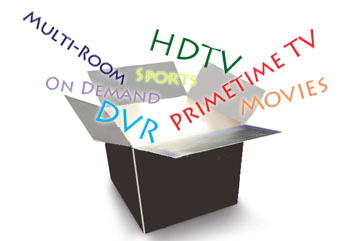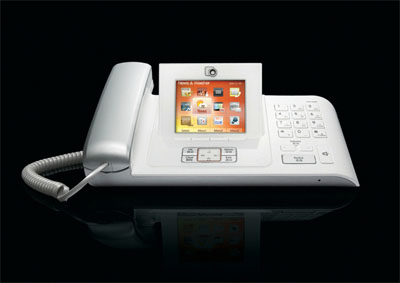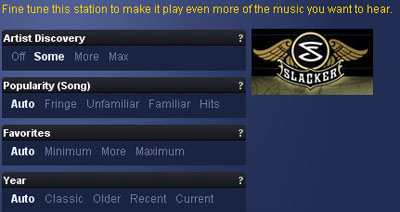
Building the perfect DVR/video-entertainment device is hard, which is why cable or telco TV plus a Netflix or Blockbuster + Movielink service is probably your best bet right now. But lest ye be sitting in your living room bemoaning the state of your set-top set-up, let me offer up a bit of context on why building the perfect box is so hard.
There’s the leased set-top model used by cable operators. In an effort to make those set-tops as cheap and efficient as possible, a lot of constraints are applied. There can’t be too much storage or processing power, too many added features or too much open access for modification that could muck up the service for everyone. Not an ideal situation, but on the other hand, these operators bring DVR to the masses.
There’s the retail model, which is owned by TiVo. People who have TiVo tend to love TiVo, but relatively few people have it because of the price. Plus, there’s the issue of plugging TiVo into your cable or telco network. Either you need a separate set-top from your service provider or you need a CableCARD. CableCARD certification is a serious technical challenge (more than I think most people realize) and it still doesn’t provide access to two-way services like video-on-demand and switched digital video.
Finally there’s the Internet model. All those media extenders that made big news early in the year, and P2P services like Joost (the box here being your computer). Here the problem is both content and bandwidth. Not enough appealing, timely content to keep people happy, and/or not enough bandwidth to keep content flowing efficiently.
So what’s on the horizon?
Read more



